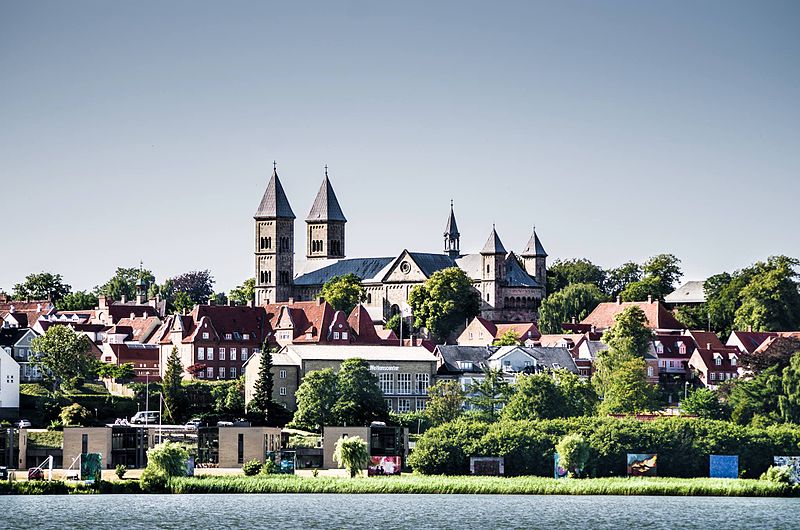Where is The Good Life? A Well-Being Scale Includes Cost of Housing, Life Expectancy, Time Off From Work
Viborg, Denmark: View of the city, from the Søndersø lake, and its cathedral. Wikimedia Commons
What makes a good life? Usually this question is in the domain of priests, philosophers and metaphysicians, but the Organization for Economic Cooperation and Development (OECD), a think tank consisting of 34 mostly rich countries, sought to find the answers with data.
The organization’s Better Life Index looks at 23 indicators of current well-being across 11 domains, from how much people earn and the cost of housing, to life expectancy, and even to how much time off people get from work. Most of the indicators are culled from OECD's own research based on country-level government data, but they also include public opinion surveys — all of which could be combined to form scores on a "well-being"scale.

Overall, a Pew Research Center analysis of the data finds that life is good in most of these countries — almost all fall within the organization's average range. But well-being is notably better for people in Norway and the US than it is for people in Turkey and Mexico.
And there's a lot of nuance in between. For example, if you think well-being is defined by financial wealth and household income, the US is the place for you. But if you prefer time off from work, France is the ideal place, by far, to put down roots. On the other hand, if you are trying to avoid victimization and dying from assault, Mexico is not your ideal destination.
The reports' authors looked at the essential ingredients that shape people's well-being in these 34 nations. To standardize different measures, OECD converted each indicator to a "z score" that represents standard deviations above or below the 34-nation average. The OECD average is represented by a z score of 0; scores closer to 1 and above represent higher well-being and those closer to -1 and below indicate lower well-being. We analyzed the data by averaging the z scores across all 23 indicators to see how the countries ranked. For this average, each indicator received equal weight.
Pages: 1 · 2
More Articles
- Women's Health and Aging Studies Available Online; Inform Yourself and Others Concerned About Your Health
- GAO Report, Older Households: Comparison of Income, Wealth, and Survival in the United States with Selected Countries
- What Are You Worried About?* Protecting Water Supplies and Power Generation by Propping Up Lake’s Powell's Level
- How They Did It: Tampa Bay Times Reporters Expose High Airborne Lead Levels at Florida Recycling Factory
- Ferida Wolff's Backyard: Corn Rows and Hurricane Ida
- Federal Reserve Issues A Federal Open Market Committee Statement: Committee Will Aim to Achieve Inflation Moderately Above 2% For Some Time
- Biden-Harris Administration Marks Anniversary of Americans with Disabilities Act and Announces Resources to Support Individuals with Long COVID, Increased Access to Democracy for Voters with Disabilities
- Federal Reserve Bank of St. Louis: US Economic Activity Contracted Sharply During 2020 As Covid-19 Spread and Government Introduced Policies Aimed At Curbing the Virus
- On Earth Day Find Your 'Local' Waterkeeper Organization; Biden's National Climate Task Force
- Coronavirus Aid, Relief, and Economic Security Act; Chair Jerome H. Powell Before the Committee on Financial Services, House of Representatives







